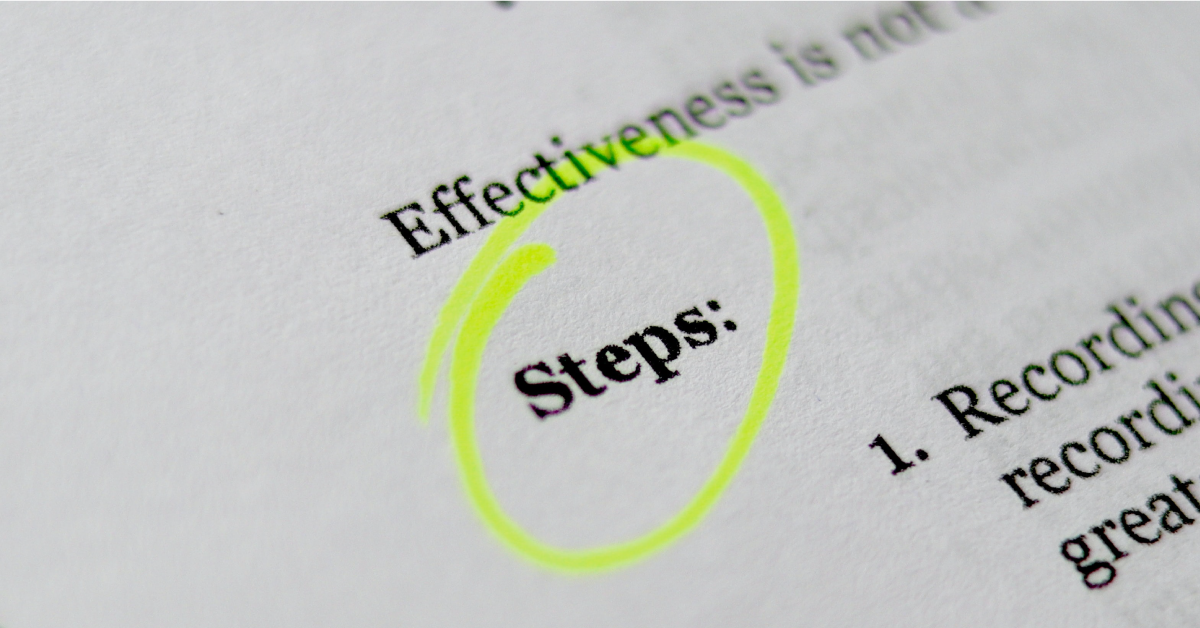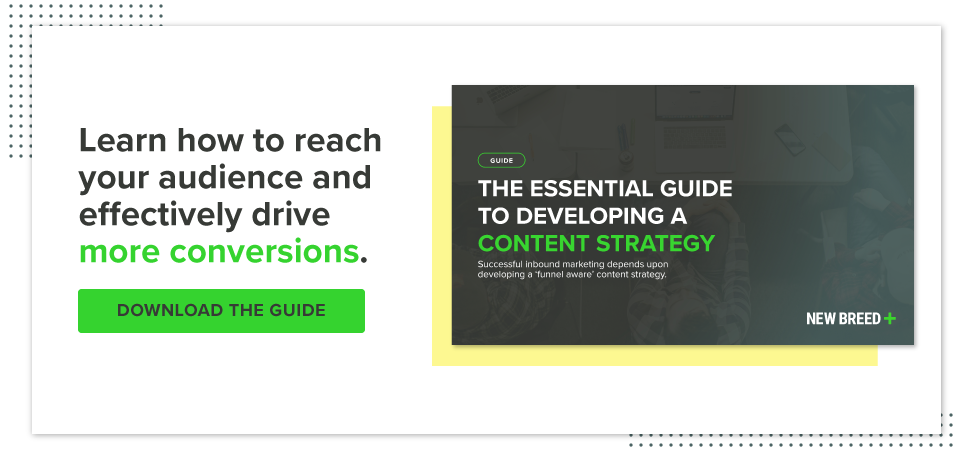Why How-to Guides are an Essential Part of Your Marketing Strategy

Anyone serious about digital marketing will know the importance of publishing high-quality content regularly. The key phrase here is “high quality,” and it’s one that’s ridiculously hard to define.
What’s high-quality to you may be kind of “meh” to your readers and vice-versa. This dichotomy is primarily responsible for all those unread blog posts and articles populating the interweb gathering digital dust.
Listicles and thought leadership pieces are hard to nail down because they may end up being too vague. But, what if there was a way to make sure your content delivers value to the end reader?
The answer is how-to guides.
A how-to guide doesn’t beat around the bush or indulge in profound contemplation nor does it inundate the reader with jargon or useless theory. It gets right to the meat of things, right from the get-go. How-to guides are instructive and educational, without all the fluff.
That’s why how-to guides are loved, read and shared online.
What are How-To Guides?
A how-to guide delves into the process of doing a specific task. Traditionally, technical guides like instruction manuals come to mind here. But, as digital marketing became more ubiquitous, how-to guides began to make appearances on blogs and social media, too.
It’s important to note that marketing how-tos are different from technical how-tos in a few significant ways.
Firstly, marketing how-to guides are far more user-friendly than their technical peers. That’s because it’s much harder for technical guides to keep a reader engaged. They could click away at any time.
A marketing how-to guide needs to present the information in easy-to-read formats while keeping the prose interesting. Technical jargon is a big no-no here.
Next, marketing how-tos should make generous use of graphics and images to get the idea across. For instance, this detailed how-to guide illustrates all of its points with screenshots that help explain the points it's trying to make.
Finally, while technical how-to guides are restricted to specific product information, marketing how-tos can cover virtually anything.
Some examples of technical how-to guides include:
- How to create an account
- How to use X feature
- How to crop a photo using X product
Marketing how-to guide topics can include all the above, plus:
- How to win over your coworkers
- How to create origami
- How to get a good night’s sleep
Essentially, there’s no limitation to how you can use how-tos for marketing applications. So, let’s see how you can turn them into lead generation magnets.
When How-To Guides Make Sense in Marketing
That last section probably made you think the sky’s the limit here. But, while you have no limit in your potential for topics, marketing how-to guides only make sense in some circumstances.
The last thing you want to do is turn your how-tos into clickbait. Creating catchy headlines followed by content that doesn’t deliver can lead to lost audiences. No one wants to be tricked into reading something, after all.
Some applications of how-to guides in marketing include:
- When you've got to explain how your product works
- When users are struggling with issues in their lives related to your product. So, if you offer a SaaS office productivity tool, then a “how-to get work done faster” article would make sense
- When you've faced a problem that you know your users are likely to face
- When you've updated your product or service with a new feature
- When you've received far too many complaints and service requests on a specific product or feature
- When a how-to guide aligns with the searcher intent of a valuable long-tail keyword you want to pursue
All the steps above will make sure you get good, share-worthy how-to ideas. But, for a how-to guide to be marketing collateral, it needs to go the extra mile.
Creating Your First How-to Guide
A marketing how-to guide must fulfill specific criteria.
Firstly, it must answer a specific question. It’s best that your guides directly address your target keyword for SEO relevancy. It may delve into subtopics, which may be turned into how-to guides later, but it should remain focussed on the top-level topic.
It should also follow modern content marketing practices. If you intend to publish the piece as a blog post, then the paragraphs should be no more than one or two lines, tops, with images every 150–200 words. Here’s an example.
If you are planning to create a downloadable version of your how-to, then you have some more wiggle room. You can keep an academic or journalistic writing style with long paragraphs. Here’s an example.
Choose a topic
The best place to start looking for topic ideas will be your website analytics and data.
Are there specific keywords people are using to access your content? Have multiple people asked you the same set of questions? If so, jot down the topics.
You can also subscribe to your industry’s leading blogs. This way, you’ll have a steady stream of ideas coming into your inbox.
Pro tip: Look out for user comments on blogs and social media posts. They often consist of questions that make for great how-to content.
Next, identify gaps in both your internal analytics data and industry blog content. Again, users often point out what’s missing by adding questions in the comments section.
For example, let’s say you see a post on repricing software, similar to this example. While detailed, the article could use a follow-up on how to use repricing software.
You’re taking the key pain points of your target audience and spinning that into content they’re looking to consume.
Choose your guide type
Even though a how-to guide is a format in and of itself, there are a bunch of different ways you can go when it comes to the layout of your article.
The most common way to write a guide is as an answer to a question.
For instance, this piece on how to choose the best email finder is a simple guide with a clear set of instructions. It goes into great detail about each tool’s features and drawbacks, complete with screenshots.
But, you needn’t dedicate an entire article to creating a how-to either. It’s entirely possible that certain articles on broader topics may require detailed how-tos as well. For example, this page on credit repair companies also has a section on how to select a credit repair company.
Finally, videos can also make great how-to content. While you can always title your videos as how-to guides, you have other options as well. For instance, training videos make great instructional content that can be substituted here.
Write the Guide
By now you should have a good idea regarding what your how-to guide will look like. But, as stated earlier, we are writing a marketing how-to guide here.
So, remember the following:
- Keep your sentences short and punchy. That means less “...and by the way you can also consider this,” and more “do this”
- Write as plainly as possible. The moment you give your reader a word to look up, you’ve lost them
- Stay away from walls of text. Internet readers like to scan through text. So, keep your paragraphs short, preferably less than three sentences in length
- Use SEO-friendly formatting. This includes title headers, H1, H2, H3 tags and a 2% keyword density. Use the targeted keywords in the title and subheadings
- Keep your content actionable. The user should be able to take your advice and get straight to work
Add Media
Written instructions often aren’t enough to convey how to do something. The best solution here would be to take screenshots of what you’re explaining and add them to relevant sections.
Also, highlight specific places a user must look in the screenshot, if it’s required. We don’t want them wondering where to go.
You can also go the extra mile and add a video in your how-to, like this example from Capsule Fillers.
But, while videos can be useful, they shouldn’t overpower the main article. It’s best to break the video into several parts, each shared under a relevant section.
Share Related Resources
Even if you do a good job at writing your how-to guide, chances are your users may need additional information. You can create and share additional resources that make sense.
For example, check out this article on how to invoice a company from Freshbooks. The guide naturally adds in downloadable invoicing templates as a free giveaway.
Another key point to remember is that the subsections of your how-to guide may need a detailed analysis. In such cases, it is best to touch on the subject in your guide and create a more detailed resource that can be linked back to it. This not only provides more complete information, but it helps you to create interlinked content, which is awesome for SEO.
Concluding Thoughts
Marketing has quite an Achilles heel — it can get very vague very fast. So much content out there leaves far too many questions unanswered.
How-to guides can help your marketing team by keeping things specific from the get-go. Done right, they can help you develop authority while publishing content that’s actually useful.
That being said, how-to guides are no silver bullet.
They occupy a specific place in your marketing strategy. The majority of your how-to guides will be product or feature related, with a fewer number focussed on general topics.
That means your how-to guides are best used for educating existing clients on how to get the best out of your product or service. They may also demonstrate your expertise to an outside audience, but that’s a supporting benefit.
Ezekiel Cohen
Ezekiel has a special affinity with numbers and patterns, on top of being a natural at PR. This gives him the edge when it comes to SEO analytics and advertising strategy.





